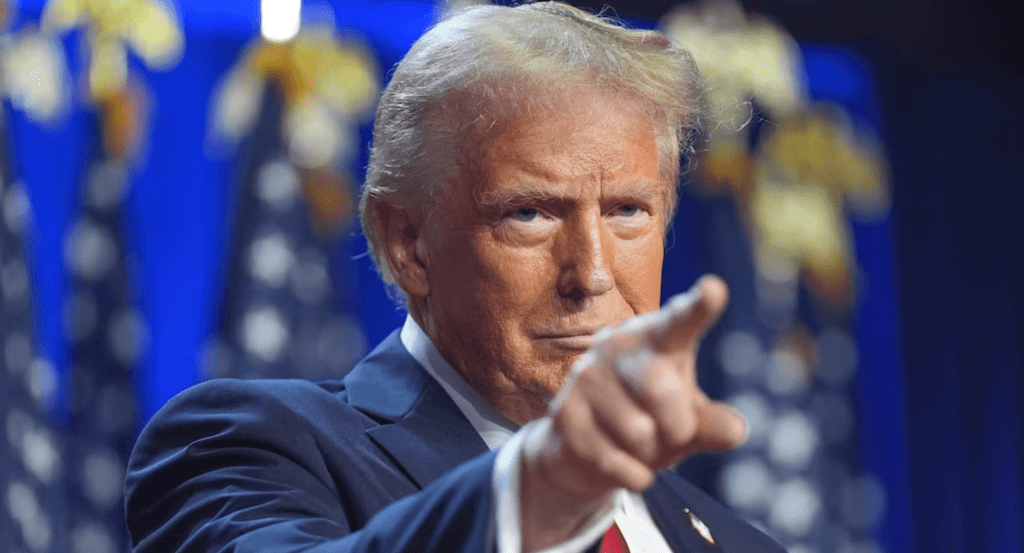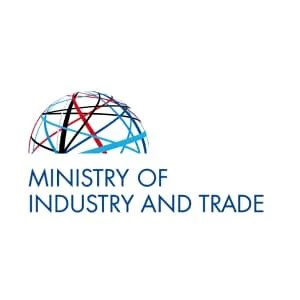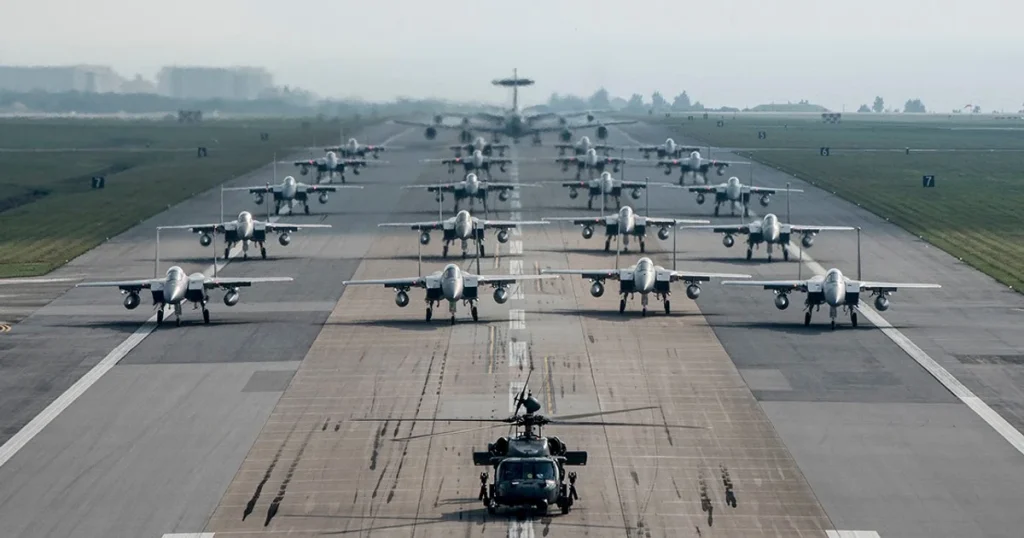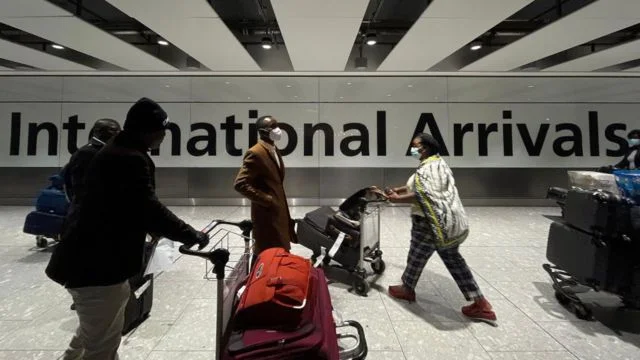The escalating trade tensions between the United States and China have taken center stage again as former President Donald Trump lashed out at Beijing, accusing the Chinese government of being the “biggest abuser” in global trade practices. Trump’s statements came in response to China’s announcement of a 34% retaliatory tariff on U.S. imports following a similar move by the United States. The tit-for-tat measures mark a sharp turn in the already strained relationship between the world’s two largest economies.
In a series of posts on his social media platform Truth Social, Trump slammed China for ignoring his warnings against retaliation and accused the country of manipulating trade rules for decades at the expense of the United States. His fiery remarks followed a strong rebuttal from China’s foreign ministry, which accused Washington of economic bullying and acting unilaterally under the guise of fair trade practices.
Trump’s Harsh Critique of China’s Economic Actions
Trump began his Monday morning post with a positive note about the domestic economy, asserting that “oil prices are down, interest rates are down, and food prices are down,” and added that “there is NO INFLATION.” He emphasized that the U.S. is generating billions in tariff revenue from countries that, in his view, have long exploited American markets.
He then took direct aim at China, writing, “This is despite the fact that the biggest abuser of them all, China, whose markets are crashing, just raised its tariffs by 34%, on top of its long-term ridiculously high tariffs.” Trump also expressed his frustration that Beijing had ignored his repeated warnings not to retaliate against U.S. tariffs.
The former president accused past U.S. administrations of enabling China’s trade practices by being too lenient. He declared, “They’ve made enough, for decades, taking advantage of the Good OL’ USA! Our past ‘leaders’ are to blame for allowing this, and so much else to happen to our country. MAKE AMERICA GREAT AGAIN!”
U.S.-China Trade Disputes Worsen Amid Retaliatory Measures
The current wave of hostilities was triggered by the U.S. government’s recent decision to impose a fresh 34% tariff on Chinese imports, aimed at countering what it sees as unfair trade advantages and long-standing imbalances. In response, China announced a symmetrical 34% tariff on American goods, set to take effect on April 10.
Reacting to Beijing’s move, Trump insisted that “China played it wrong; they panicked—the one thing they cannot afford to do.” He portrayed China’s response as a sign of weakness and poor strategic judgment.
He also broadened the scope of his critique to other countries, claiming that nations worldwide are now coming to the negotiating table with the U.S. under tougher, fairer trade terms. Citing a recent conversation with the Japanese Prime Minister, Trump said Japan had treated the U.S. unfairly in areas like automobiles and agriculture. He expressed optimism that change was imminent but reiterated that China remained the most pressing issue.
China Accuses the U.S. of Protectionism and Economic Bullying
Over the weekend, China’s Ministry of Foreign Affairs issued a scathing response to the new tariffs, arguing that Washington was violating economic norms and undermining multilateral trade frameworks.
“By taking such action, the United States defies the fundamental laws of economics and market principles,” said the ministry’s statement. It criticized the U.S. for ignoring the gains it has made from international trade and for weaponizing tariffs to serve what it described as selfish interests.
Labeling the U.S. approach as “unilateralism, protectionism, and economic bullying,” Beijing argued that the policies pursued by Washington were driven by an “America First” ideology that disregards the global economic order and undermines the collective interests of the international community. The statement warned that these actions would inevitably provoke widespread global opposition.
Strong Rhetoric Reflects Deteriorating Diplomatic Relations
The harsh language coming from both Washington and Beijing illustrates a rapidly deteriorating relationship. While the U.S. maintains that its actions are necessary to protect domestic industries and rebalance unfair trade practices, China sees them as aggressive and coercive.
In response to Trump’s inflammatory rhetoric, China’s foreign ministry emphasized that the country is rooted in ancient civilization and guided by values such as sincerity and propriety. “We do not provoke trouble, nor are we intimidated by it,” the ministry stated. “Pressuring and threatening are not the right way to deal with China.”
The state-run newspaper, The People’s Daily, added to the conversation with a commentary intended to rally domestic confidence. The publication asserted that “the sky won’t fall” and insisted that China has the necessary tools and strategies to navigate the trade crisis. “Faced with the indiscriminate punches of U.S. taxes, we know what we are doing,” the article stated, reflecting a mood of strategic resilience.
Analysts Predict Long-Term Struggles for a Trade Resolution
As the verbal and economic exchanges intensify, analysts are warning that a swift resolution to the U.S.-China trade dispute is becoming increasingly unlikely. A report from Teneo, a global advisory firm, suggested that China’s decision to retaliate aggressively signals “the abandonment of restraint,” a sign that Beijing may have lowered expectations for any near-term diplomatic breakthrough with the U.S.
Similarly, a CNBC analysis concluded that the prospects for a comprehensive trade agreement have diminished considerably, especially in light of the current political climate. With the U.S. entering a contentious election season and Trump once again positioning himself as a populist protector of American workers, tensions with China are likely to be further inflamed in the coming months.
The Broader Implications of Escalating Trade Wars
The renewed trade conflict has far-reaching implications beyond just tariffs and diplomacy. For American consumers and businesses, heightened tariffs could mean increased prices on a wide range of imported goods, from electronics to raw materials. For China, a prolonged trade standoff with the U.S. could exacerbate ongoing economic challenges, including a sluggish property market, reduced foreign investment, and slowing GDP growth.
At the same time, global markets remain on edge. Investors are closely monitoring the situation, as any significant disruption in U.S.-China trade relations has the potential to impact global supply chains and economic growth projections.
While both sides claim to be acting in the national interest, the ultimate cost of this escalating trade battle may be borne by consumers, manufacturers, and economies around the world.
Conclusion: A Prolonged Standoff Appears Inevitable
Trump’s recent comments underscore the deeply entrenched mistrust between Washington and Beijing. With China firmly rejecting U.S. pressure and Trump doubling down on nationalist economic rhetoric, the likelihood of de-escalation appears slim in the short term.
As both countries prepare to enforce their respective 34% tariffs, the world watches anxiously. The path forward remains uncertain, and unless cooler diplomatic heads prevail, the global economy may have to brace for an extended period of volatility driven by one of the most consequential trade rivalries in modern history.























